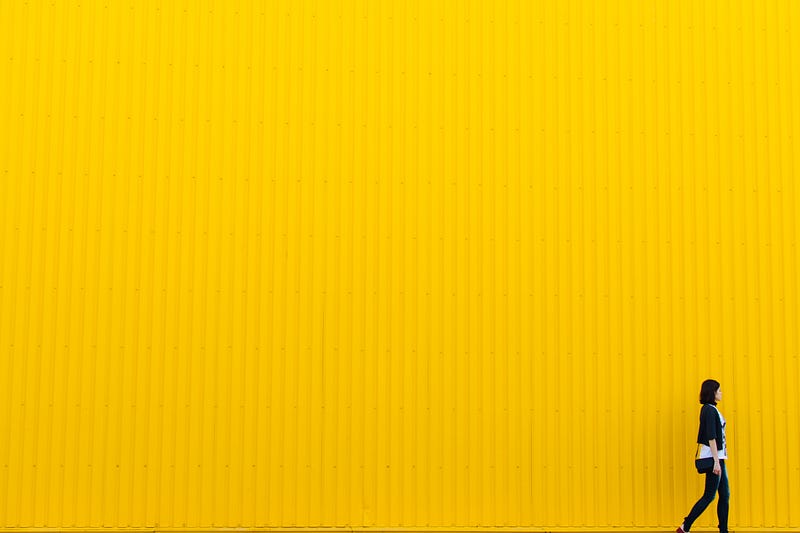There is more than one way to eat a frog.

We’ve all dealt with procrastination. It’s that thief of time and energy that saps our productivity and can leave us feeling utterly powerless and pessimistic.
And it’s likely that we’ve all gotten a piece of advice about how to deal with procrastination. Friends, family, partners, and colleagues have probably offered you any number of suggestions. Perhaps you should read this interesting article in the Harvard Business Review. Perhaps you need more sleep. Perhaps you need to count down from 5, then just do it!
All of these pieces of advice can usually be lumped into one of two basic categories. While each of them can be helpful at times, there is no one-size-fits-all strategy for beating procrastination. However, if you can identify some of your own traits and tendencies, you can choose which of the two approaches can work best for you, and more importantly, when.
The Two Basic Approaches to Dealing With Procrastination
I’ve found that the advice I’ve seen on how to deal with procrastination falls into one of two approaches. At various times in my life, I’ve found them both appealing, and it seems to depend on my state of mind as to which one works for me.
The Frog-First Approach
The first approach comes from the well-known Brian Tracy book Eat That Frog!— which takes its name from a quote that people mistakenly attribute to Mark Twain: “If it’s your job to eat a frog, it’s best to do it first thing in the morning. And If it’s your job to eat two frogs, it’s best to eat the biggest one first.”
The idea is simple: do the big, hard, scary thing first — no matter what. That thing you tend to procrastinate about, or just have a hard time starting. After that, you’ll feel so good and productive that things will come easy for the balance of the day.
Whereas if you don’t eat the frog first, all the less unpleasant and less scary things you do throughout the day will be tainted by the knowledge that the frog is waiting for you. Those well-versed in procrastination likely know the feeling.
The Frog-Later Approach
The opposite approach to eating the live frog first is what I call the “frog-later” approach. Rather than doing the hard, scary thing first, you wait until later — often after doing a few somewhat pleasant things. I heard this suggested in the context of the ADHD brain and productivity. Having ADHD myself, I find this to be an appealing approach.
You simply do a series of tasks that need to get done, but that you’re more attracted to than your “live frog” task. That builds momentum and confidence. For those with ADHD, it kick-starts our dopamine circuits and makes us less likely to ditch the hard task for something more stimulating.
With that momentum, you can roll into starting the hard task that you usually avoid, and probably make faster progress on it. Pick out some easy wins, and do them in quick succession. Then roll that into starting the big, hairy task you tend to avoid.
Which Approach is Right for You?
For most people, the right approach won’t be just one of these. I hate to say it, but we’re not the same on Monday at 8am as we are on Friday at 4pm. We’re not the same after a great week of eating right, working out, and killing our task list as we are after a week of eating pizza and binge-watching TV shows.
We contain multitudes! Our energy and mindset change depending on various factors, and we need to adjust how we handle procrastination accordingly.
I think the frog-first approach can work for days where you feel more in control. It works when you have enough good sleep under your belt and are in a decent or neutral state of mind. It can work when you may feel busy and rushed, but optimistic that you may be able to get back control.
I think it can also work when you’ve just talked to a coach or mentor of yours. When your priorities are clear, and you’ve got a freshly identified plan of action under your belt.
The Frog-later approach is more for days where you’re not feeling so confident, and you can feel yourself avoiding starting on stuff. It’s probably best for days when you’re not able to get helpful input on your workload and the relative importance of its tasks.
If you’re an introvert, the Frog-later approach may be great for recovering from a day (or days) of having to interact with people. If you’re an extrovert (like me) it will be better for days when your head has been buried in solitary work, and you’re having trouble staying in your lane.
But in order to pick which approach to take, you’re going to need to really know yourself. Know your moods, know your limits. Know how your energy levels fluctuate, what kind of work drains you vs. energizes you, and when that work will happen.
Peter Drucker is famous for naming what most of us do these days “knowledge work” — because so much of it depends on the process of coming to know what our work actually is so we can do it.
But there’s another aspect that makes Drucker’s chosen name oh-so accurate. Getting really good at knowledge work also involves a really good knowledge of yourself. Without that, any procrastination strategy you try will have little chance of succeeding over the long term.
